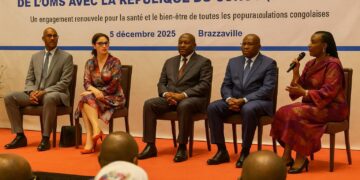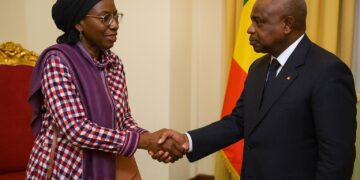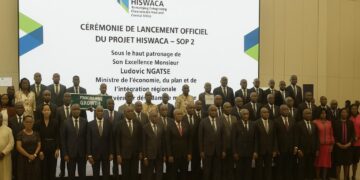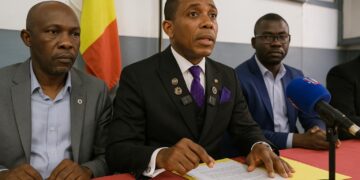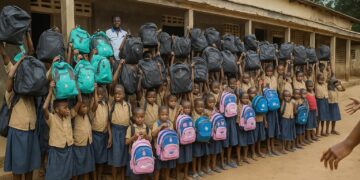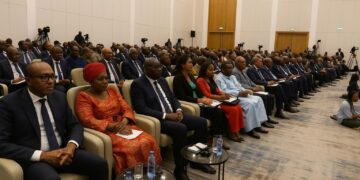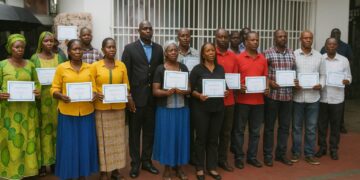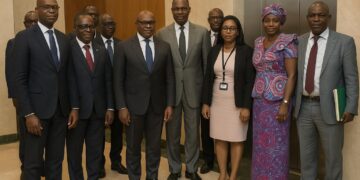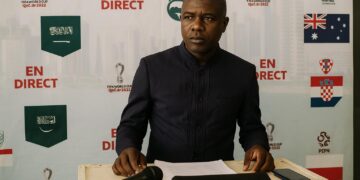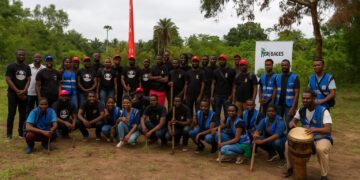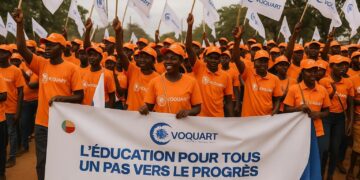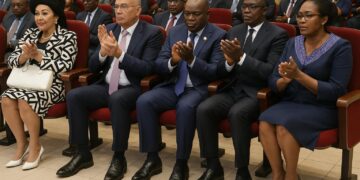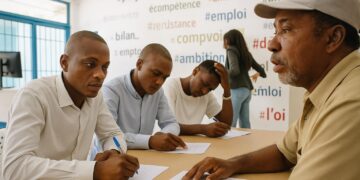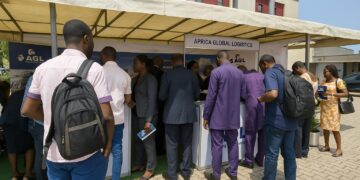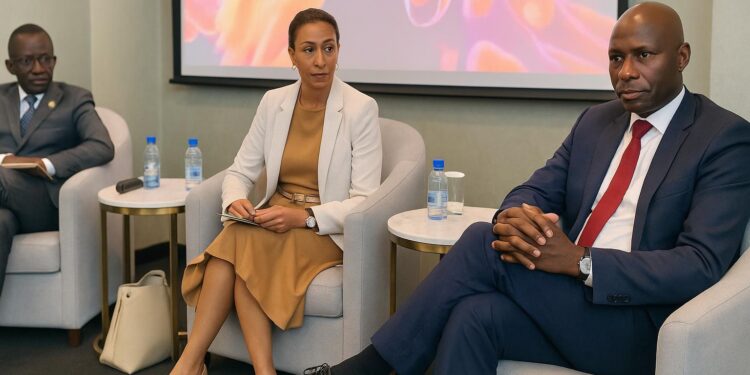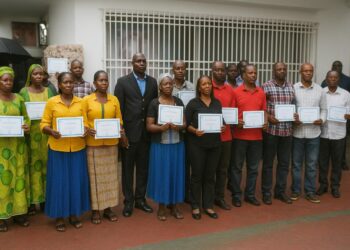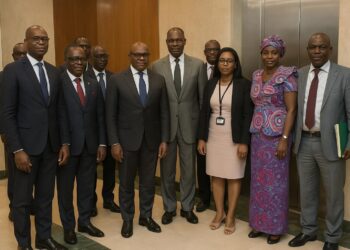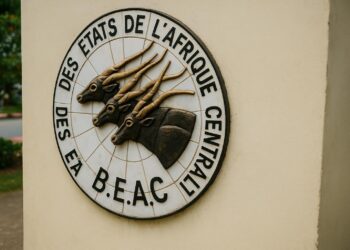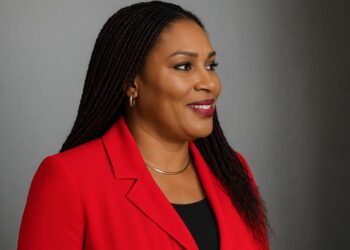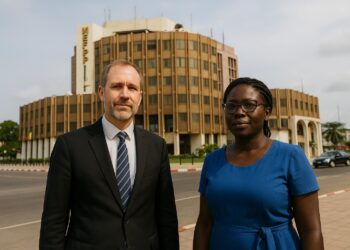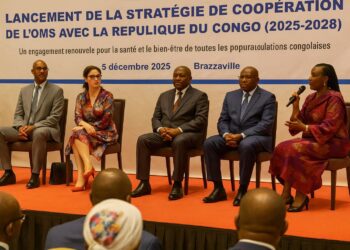Fragile rebound signalled by new report
Brazzaville witnessed a sober yet hopeful assessment this week as the World Bank unveiled its twelfth economic monitoring report for the Republic of Congo, flanked by Economy Minister Ludovic Ngatsé and Economic, Social and Environmental Council president Émilienne Raoul.
The document, themed “Improving management of produced, human and natural capital”, confirms a 2.6 percent GDP expansion in 2024 and the first, albeit marginal, rise in income per capita since 2016.
Yet the stark headline of the 104-page study remains unflinching poverty, a reminder that macro numbers alone have not translated into tangible welfare gains for many households.
Non-oil momentum lifts headline growth
According to the Bank’s modelling, non-oil activity accelerated 3.9 percent, outpacing the mature offshore fields that still underpin public revenue.
Agribusiness, cement and telecom services posted double-digit real growth helped by improved electricity supply and a cautious rebound in domestic demand.
Analysts in Brazzaville credit the modest dynamism to targeted tax relief adopted in the 2023 supplementary budget, as well as to ongoing projects in the Pointe-Noire special economic zone.
Debt overhang shadows fiscal outlook
Beneath the rebound, the report flags a critical debt-to-GDP ratio still above 90 percent, driven by past oil-collateralised loans and pandemic-era disbursements.
External arrears, particularly to Asian bilateral partners and local contractors, continue to weigh on credit ratings and the cost of capital.
World Bank division director Cheik Fantamady Kanté insists that improving cash-flow forecasting inside the Treasury is the fastest way to clear domestic arrears and revive supplier confidence.
He adds that a credible medium-term debt strategy, coupled with transparent oil-revenue reporting, could unlock concessional refinancing options and reduce the interest bill (World Bank presentation, 23 September 2025).
Human capital at the centre of reforms
The study devotes an entire chapter to education and health, noting that learning-adjusted years of schooling remain below the sub-Saharan average despite relatively high public spending.
Child malnutrition, at 28 percent, risks eroding future productivity unless nutrition programmes are scaled and rural clinics receive predictable funding.
Minister Ngatsé told participants that the 2026 budget framework will prioritise teacher training, digital classrooms and the rollout of performance-based financing in primary healthcare.
Private sector counts on clearer cashflow
Entrepreneurs attending the forum argued that delayed VAT rebates and unsettled public works invoices constrict working capital more than interest rates do.
They welcomed the report’s call for a single treasury account, automated bank reconciliation and quarterly publication of payment schedules.
Several midsize agrifood firms, speaking on condition of anonymity, said that consistent government cash management would allow them to leverage the partial guarantee programme recently launched with Afreximbank.
Pathways to green and inclusive growth
Beyond immediate fiscal fixes, the Bank urges Congo to monetise its vast forest carbon potential through vetted offset schemes while tightening enforcement against illegal logging.
It also recommends that future road and energy concessions include climate-resilient clauses and local-content benchmarks to fortify value chains.
Reform commitments and financing partners
Summing up the session, Kanté reiterated the institution’s “steadfast commitment to accompany the Republic of Congo” and saluted the authorities’ readiness to keep reform momentum.
His optimism was echoed by Ngatsé, who underlined that diversifying away from oil, deepening human capital and safeguarding natural wealth form the triad guiding the forthcoming National Development Plan.
Financial institutions emphasised that Congo’s re-engagement with the IMF in late 2023 has already unlocked a US$455 million Extended Credit Facility tranche, giving the Treasury breathing space while larger syndications are negotiated.
Paribas, Afreximbank and China Exim officials, approached on the sidelines, confirmed their interest in infrastructure co-financing, but cautioned that disbursement speed hinges on the single treasury account and quarterly debt-service dashboards promised in the report.
The government is also exploring a green bond, potentially backed by future forestry credits, to widen its investor base and signal commitment to Paris Agreement goals.
Development partners note that credible measurement, reporting and verification systems will be essential to certify carbon assets and avoid reputational risks, especially after recent scrutiny of voluntary markets across Central Africa.
Meanwhile the diaspora innovation fund, capitalised at CFA 5 billion, aims to channel remittances into seed projects in agri-processing and digital services, complementing public spending on vocational centres.
Authorities plan to launch a one-stop portal for project matchmaking by March 2026, with technical assistance from the United Nations Capital Development Fund, in order to accelerate deal flow.
In the long run, observers argue, combining disciplined fiscal management with active crowding-in of private and diaspora finance could help translate Congo’s statistical recovery into visible poverty reduction.
Outlook for investors and households
For investors, the takeaway is nuanced: growth is back, but patient capital and close attention to treasury reforms, debt metrics and green policy incentives will be decisive in turning macro progress into durable, broad-based prosperity.
Until then, policymakers and investors alike will monitor monthly dashboards and social indicators, aware that the battle against entrenched poverty is won not in spreadsheets but in classrooms, clinics and market stalls.

